Tag: mechanical ventilation
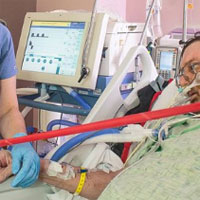
Causes of Mortality in ICU-Acquired Weakness
Intensive care unit–acquired weakness (ICU-AW) is a common complication of critical illness and is associated with increased mortality, longer mechanical ventilation and longer hospital stay. Little is known about the causes... read more
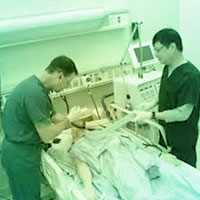
Implementation of a Goal-Directed Mechanical Ventilation Order Set Improves Compliance
Implementation of a Goal-Directed Mechanical Ventilation Order Set Driven by Respiratory Therapists Improves Compliance With Best Practices for Mechanical Ventilation. Data regarding best practices for ventilator management... read more
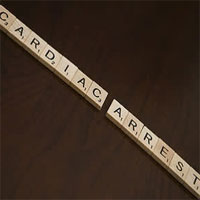
Optimal Approach to Mechanical Ventilation After Cardiac Arrest
Return of spontaneous circulation after cardiac arrest results in a systemic inflammatory state called the post-cardiac arrest syndrome (PCAS), characterised by oxidative stress, coagulopathy, neuronal injury, and organ dysfunction.... read more

Is Simvastatin the Miracle Drug We Think It Is?
Evaluation of early administration of simvastatin in the prevention and treatment of delirium in critically ill patients undergoing mechanical ventilation. This well designed and conducted trial demonstrates that there is... read more
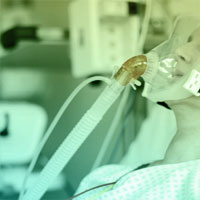
Initial Nutritional Management During NIV and Outcomes
Patients starting noninvasive ventilation (NIV) to treat acute respiratory failure are often unable to eat and therefore remain in the fasting state or receive nutritional support. Nearly three-fifths of patients receiving... read more
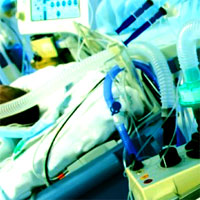
Factors Associated With Pediatric Ventilator-Associated Conditions in Six U.S. Hospitals
A newly proposed surveillance definition for ventilator-associated conditions among neonatal and pediatric patients has been associated with increased morbidity and mortality among ventilated patients in cardiac ICU, neonatal... read more
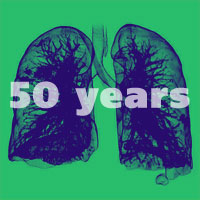
50 Years of Research in ARDS
Mechanical ventilation (MV) is critical in the management of many patients with the acute respiratory distress syndrome (ARDS). However, MV can also cause ventilator-induced lung injury (VILI). The selection of an appropriate... read more
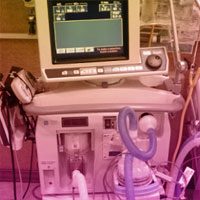
Does a 1-h Rest After a Successful SBT Really Improve Extubation Outcome?
Discussion on whether reconnection to mechanical ventilation for 1h after a successful spontaneous breathing trial (SBT) reduces reintubation in critically ill patients: a multicenter randomized controlled trial.... read more

Focus on Ventilation and Airway Management in the ICU
Airway and ventilation management are particularly challenging in the intensive care unit (ICU), and are associated with high morbidity and mortality. Figure summarizes some of the more recent findings from the literature.... read more
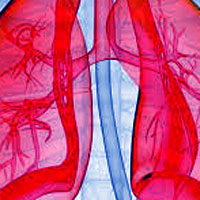
Higher PEEP versus Lower PEEP Strategies for Patients with ARDS
Use of higher positive end-expiratory pressure (PEEP) is unlikely to improve clinical outcomes among unselected patients with ARDS. We identified eight randomized trials comparing higher versus lower PEEP strategies, enrolling... read more
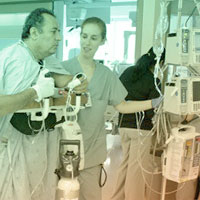
The Role of Physiotherapy in Enhanced Recovery After Surgery in the ICU
Enhanced recovery after surgery (ERAS) is an evidence-based, multimodal approach to optimising patient outcomes following surgery. The role of physiotherapy within ERAS and intensive care units (ICU) is important. Patients... read more
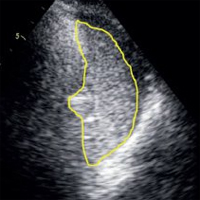
Ultrasound-guided Mechanical Ventilation
Point-of-care ultrasound (POCUS) is now a tool used worldwide, integrating clinical assessment of the critically ill. In this review, we focus on lung, diaphragm and cardiac ultrasound in the management of the mechanically... read more
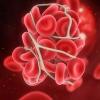
Severe AKI in Young ICU Patients Predicts Higher Mortality
Acute kidney injury (AKI) among critically ill children and young adults is common and is associated with higher mortality risk and other poor outcomes The condition also is associated with greater use of renal-replacement... read more

Aerosol Delivery During Invasive Mechanical Ventilation
Lung deposition was lower than 20% of nominal dose delivered with nebulizers and mostly occurred in proximal airways. Further studies are needed to link substantial concentrations of antibiotics in infected pulmonary fluids... read more
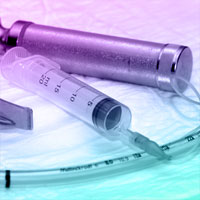
Terminal weaning or immediate extubation for withdrawing mechanical ventilation in critically ill patients
This prospective observational multicentre study (ARREVE) was done in 43 French ICUs to compare terminal weaning and immediate extubation, as chosen by the ICU team. Terminal weaning was a gradual decrease in the amount of... read more
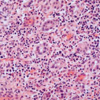
Cytomegalovirus infection in immunocompetent critically ill adults
Some studies have demonstrated an association between Cytomegalovirus (CMV) disease and increased mortality rates, prolonged intensive care unit and hospital length of stay, prolonged mechanical ventilation, and nosocomial... read more

Efficacy of Combination Therapy of Shenfu Injection and Postresuscitation Bundle in Patients With Return of Spontaneous Circulation
This study demonstrates that Shenfu injection in combination with conventional postresuscitation care bundle treatment is effective at improving clinical outcomes in patients with return of spontaneous circulation after in-hospital... read more









